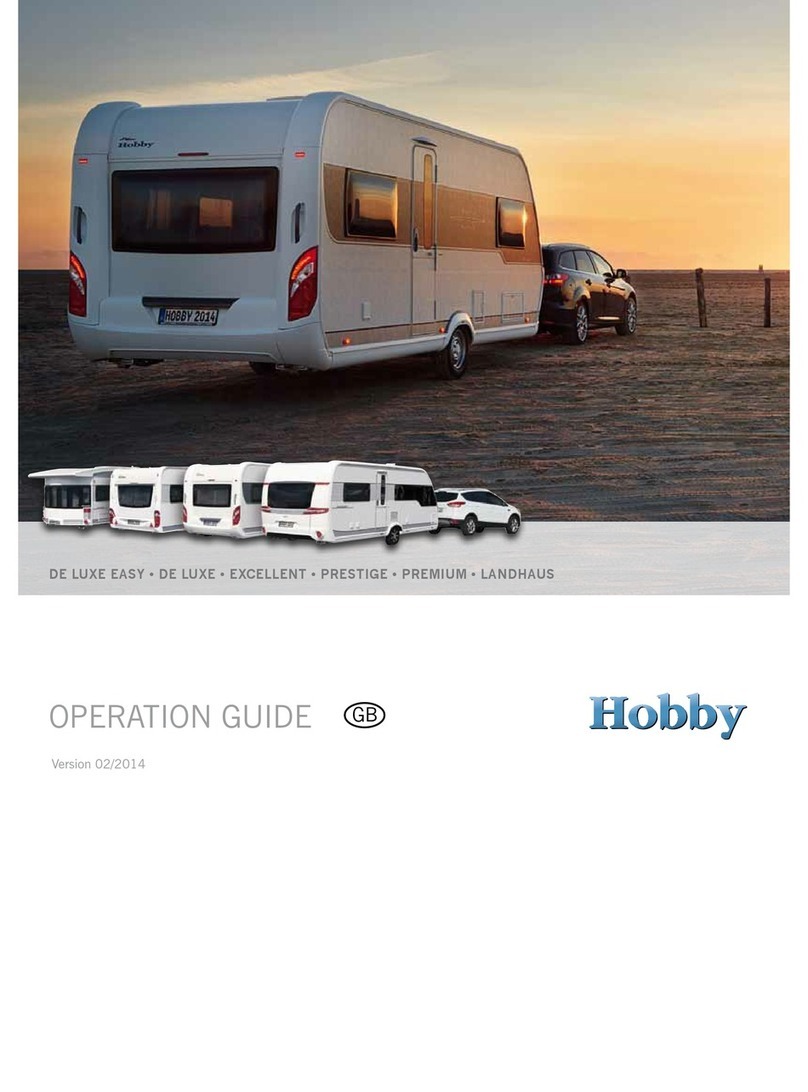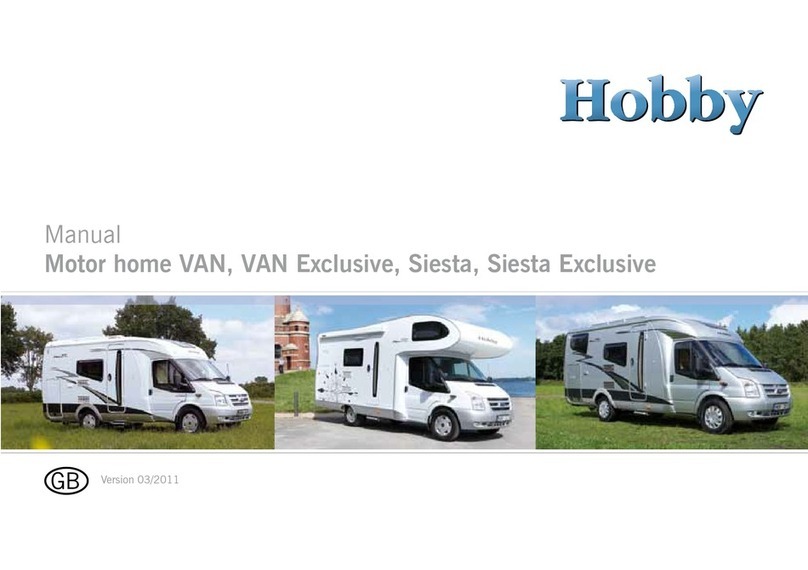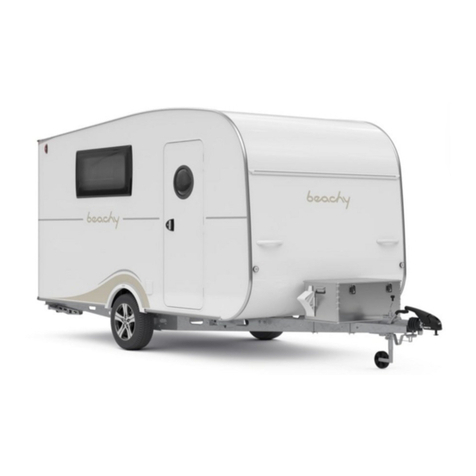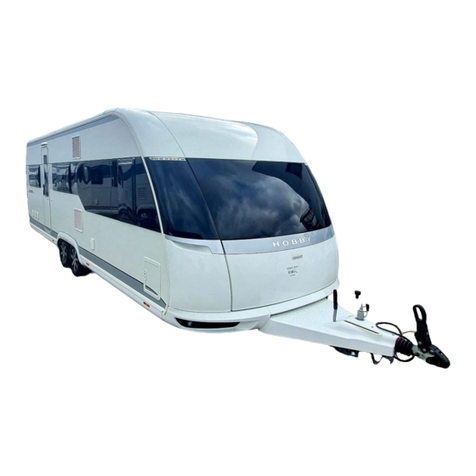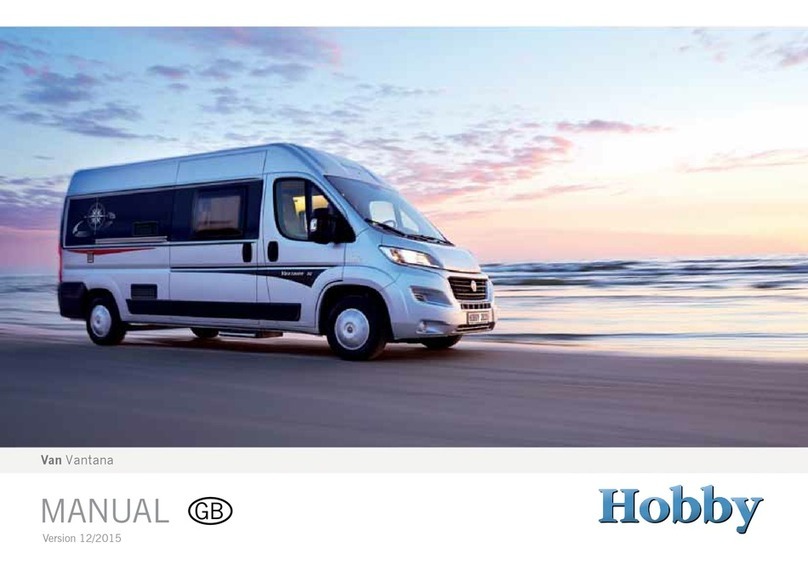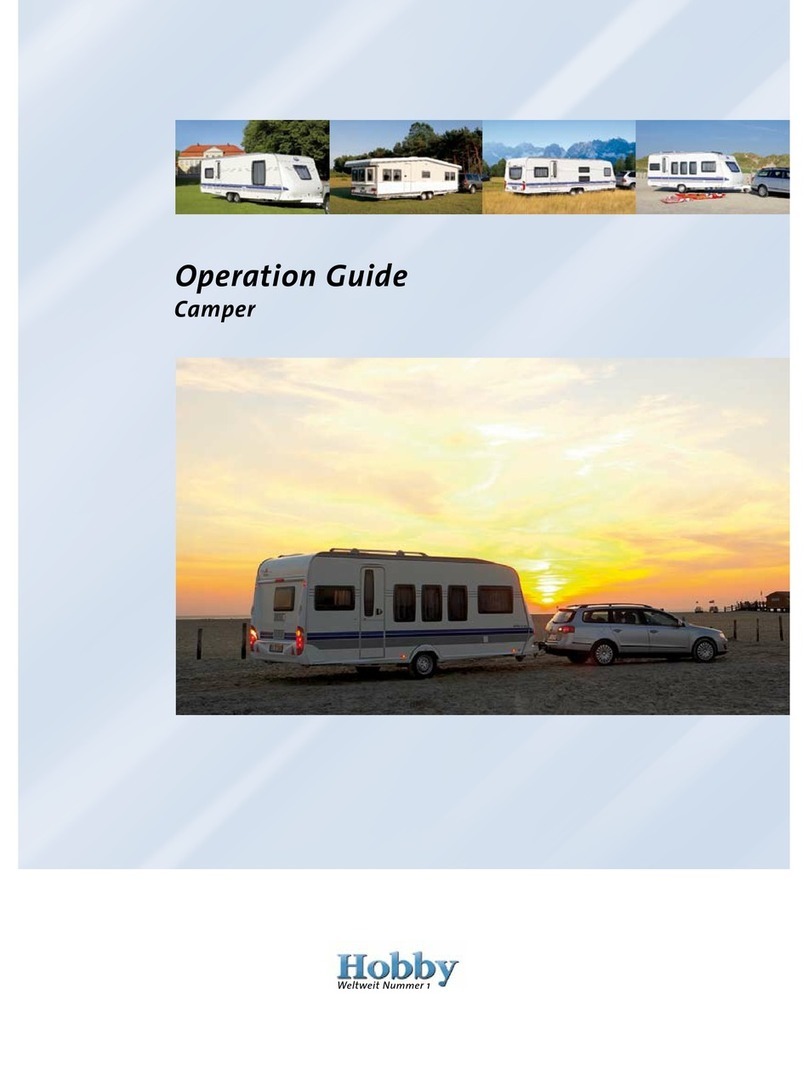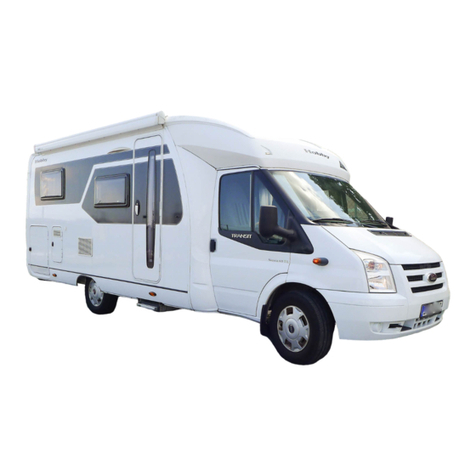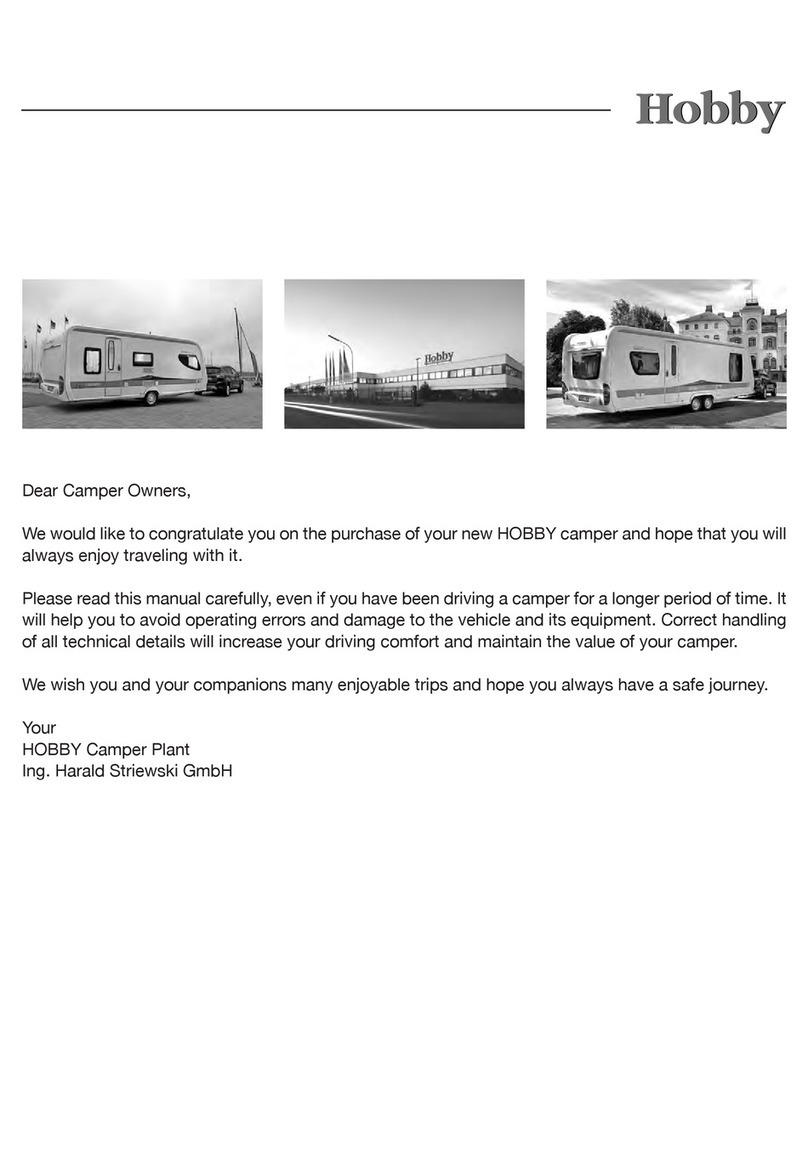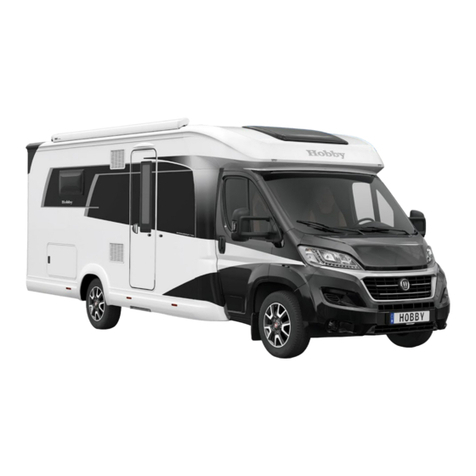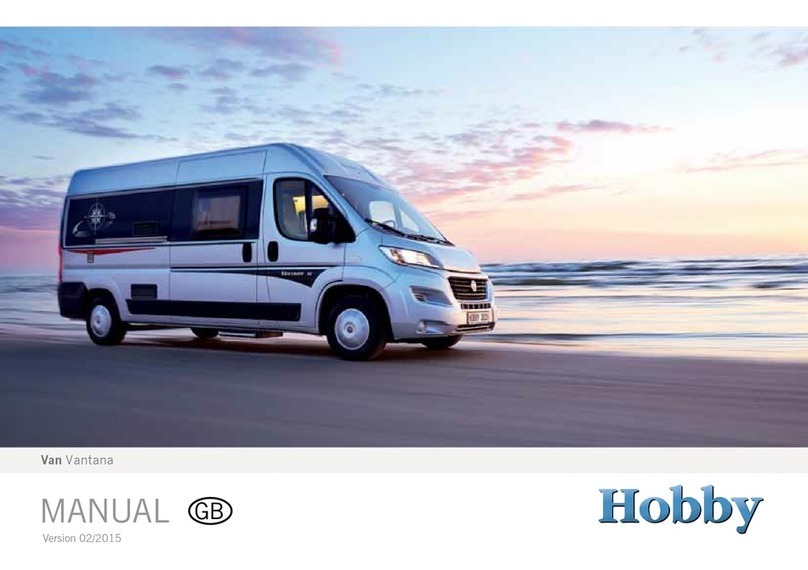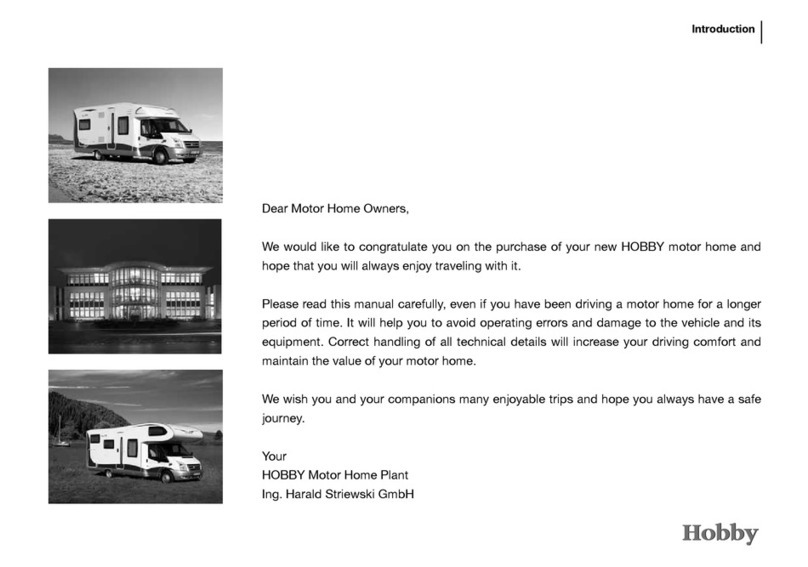
1. Introduction
Table of Contents
1 Introduction
1.1 General information.........................................................................................................................1
1.2 Markings in these operation instructions ........................................................................................2
2 Safety
2.1 Intended use....................................................................................................................................4
2.2 General information.........................................................................................................................4
2.3 Fire protection .................................................................................................................................4
2.4 Emergency equipment......................................................................................................................6
2.5 Before the journey...........................................................................................................................7
2.5.1 What to observe before your rst drive...........................................................................................7
2.5.2 Before each drive............................................................................................................................9
2.6 While driving..................................................................................................................................10
2.7 After the drive................................................................................................................................12
3 Chassis
3.1 General information.......................................................................................................................14
3.2 Vehicle ID number (FIN)................................................................................................................14
3.3 Loading..........................................................................................................................................15
3.3.1 General information.......................................................................................................................15
3.3.2 Drawbar load.................................................................................................................................16
3.3.3 Denition of masses for camper ...................................................................................................16
3.4 Safety coupling WS 3000..............................................................................................................18
3.5 Front landing wheel.......................................................................................................................20
3.6 Locking brake facilities..................................................................................................................20
3.7 Overrunning equipment and wheel brakes ...................................................................................21
3.8 Rotating stanchions.......................................................................................................................23
4 Wheels, tyres
4.1 Tyres ..............................................................................................................................................24
4.2 Tyre pressure.................................................................................................................................24
4.3 Prole depth and age of tyres .......................................................................................................25
4.4 Rims ..............................................................................................................................................25
4.5 Changing the tyre..........................................................................................................................26
5 Exterior structure
5.1 Ventilation and De-aerating...........................................................................................................31
5.2 Opening and closing doors and aps ...........................................................................................33
5.3 Roof...............................................................................................................................................37
5.4 Guide rail for outer tent and skirting .............................................................................................37
5.5 Bicycle carrier................................................................................................................................38
5.6 Roof awning ..................................................................................................................................39
6 Interior structure
6.1 Opening doors, aps and drawers................................................................................................38
6.2 TV mount.......................................................................................................................................41
6.3 Tables ............................................................................................................................................41
6.4 Seating arrangements and sleeping areas....................................................................................45
6.5 Washroom .....................................................................................................................................48
6.8 External storage locker..................................................................................................................49
6.7 Windows........................................................................................................................................49
6.8 Roof lights .....................................................................................................................................51
7 Installation of electrical devices
7.1 Safety tips .....................................................................................................................................54
7.2 Control panel.................................................................................................................................54
7.3 Electrical supply............................................................................................................................69
7.4 Electrical system ...........................................................................................................................74

